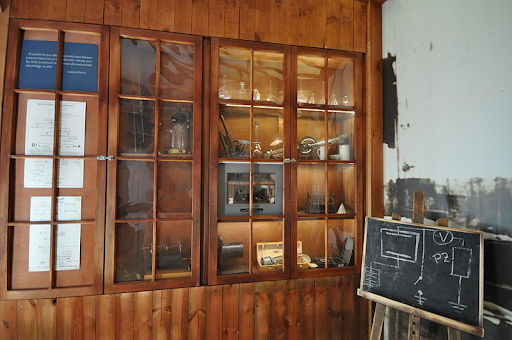Marie Curie
Impacts
Marie and her husband were both awarded the Nobel Prize in Physics in 1903 which was shared with Henri Becquerel– who had first discovered radioactivity within uranium. This made her the first woman to get a Nobel Prize. The couple were also rewarded with the Royal Society’s Davy Medal in the same year.
Marie completed her thesis and successfully defended it which earned her doctorate in science in 1904. She became the first woman to get her doctorates in Europe and showed the world that women can get a successful career in science. Her thesis quickly became popular and reprinted in various different languages. Quoted from Rockwell, “Marie's amazingly clear and simple writing style allows the implications of her complex science to be presented clearly to scientists unfamiliar with the details of the subject and even to non scientists.”
Pierre also received a lot of attention for his contribution. He became a professor at Sorbonne in 1904 and was elected to the Academy of Sciences in 1905. He unfortunately died a sudden death in 1906 because he was run over by a carriage. Marie took over his position as a professor and was later given another Nobel prize in 1911 as recognition for her work on Polonium and Radium. She is the only person to ever receive two Nobel Prizes.
Marie’s fame skyrocketed after that and she was recognized as one of the “greats” in science. She began giving lectures around the world. The Radium Institute, which is known as the Curie Institute today, is now a “universal centre for nuclear physics and chemistry,” as said by Britannica. She impacted the world and showed many that women could be just as outstanding as men and maybe even greater. She helped the world shape its knowledge of radioactivity and showed how dangerous it could be. She also showed how to use radioactivity for good; treating people and saving lives. Marie’s research also paved the way for her daughter and her son-in-law’s –Irène and Frédéric Joliot-Curie – discovery of artificial radioactivity. They went on to win a Nobel Prize in 1935 just a year after Marie’s death on July 4, 1934.
